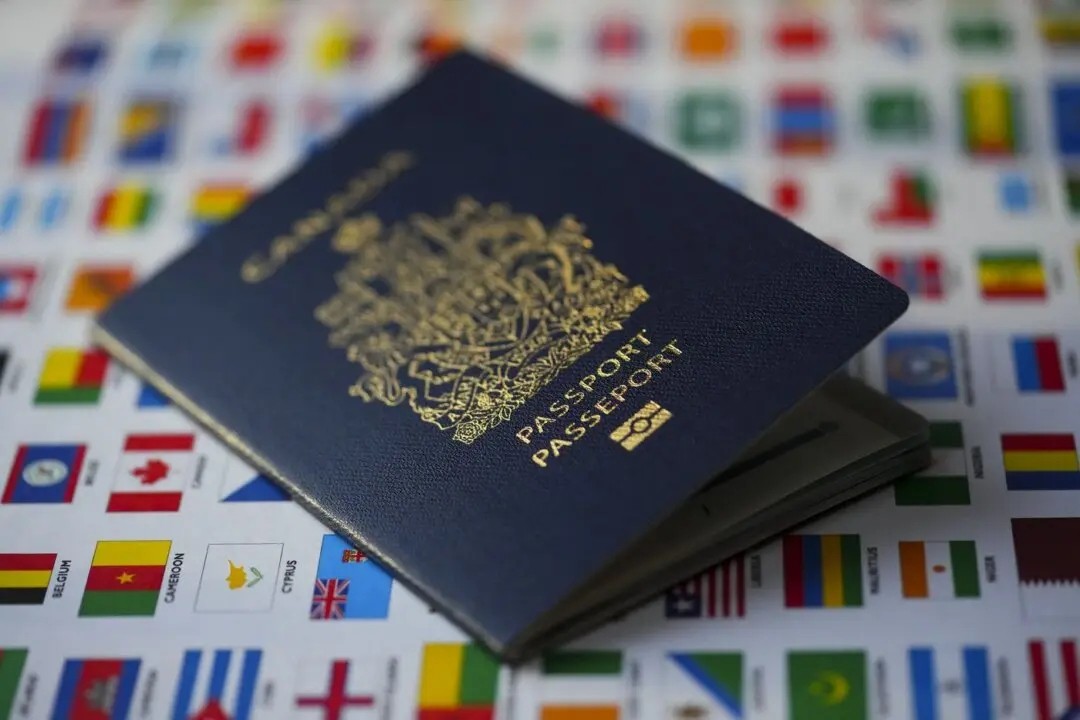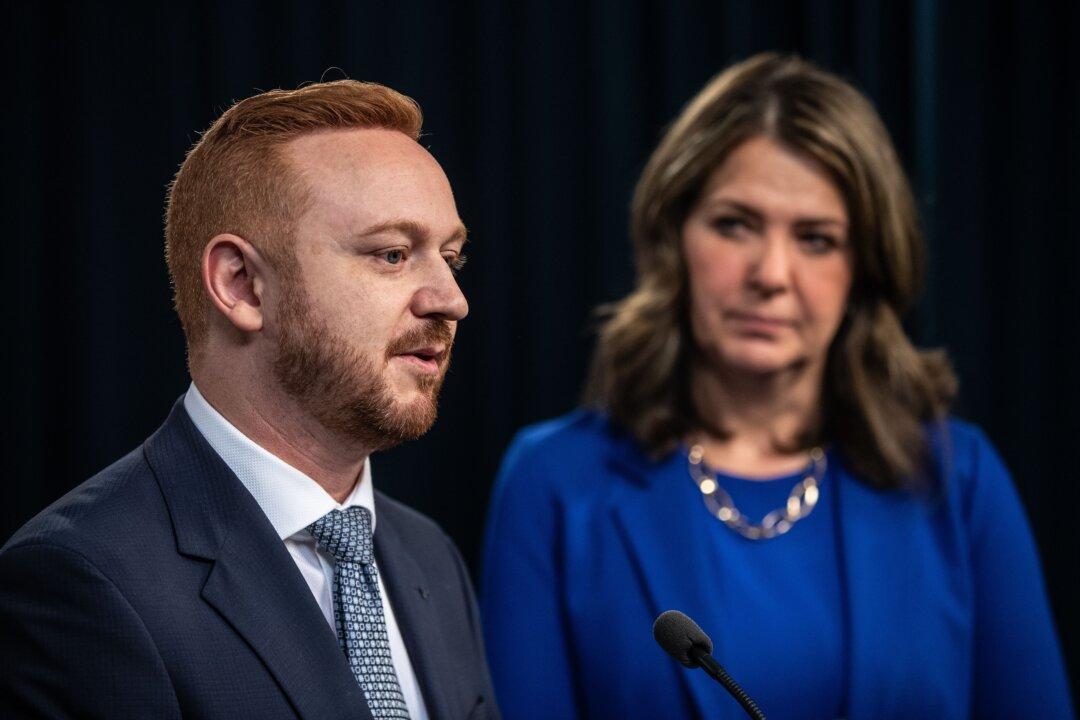Canada’s national defence department is facing the biggest hit in federal spending reduction in the first iteration of promised cuts released by the Liberal government on Nov. 9.
Speaking at a press conference that day, Treasury Board President Anita Anand outlined her government’s plan to slash $500 million from federal spending for the current fiscal year, which runs from April 1, 2023, to March 31, 2024.





